The cowboy apparition I had been watching for several weeks became human flesh one day as I cruised down an old logging road on a dirt bike after a long day of putting trees in the ground. My trusty Honda was by far the best conveyance in and back out of the high elevation forest on the 25 mile two track road home, especially at this muddy time of year where a pickup truck could be rendered useless in the volcanic gumbo that passed for some of the “roadbed” in this country.
I was the forester responsible for much of the area in the late 1980s, and had over 50,000 lodgepole pine seedlings to make homes for in a burned forest. About 30 planters worked for me on contract; many of them were fresh from south of the border, and couldn’t speak a word of English, but they were dang good planters. Besides, they treated me like one of their own. I liked working better than just supervising, so we all planted trees together. We ate many breakfasts of chorizos, huevos and tortillas over the fire together on many frosty and damp mornings, and lunches with hot chilies that turned my face beet red as they laughed at me. We became friends.
The snow had just pulled off the country like a quilted comforter slipping off the bed. It was springtime in the Rockies, and the abundant soil moisture was just begging to have a tree seedling planted in it. The crew and I were halfway up a steep mountainside where land met sky, and a light rain was falling. Wispy clouds and stringers of fog bent and threaded their way through the mountain hollows around us, alternatively displaying and then cloaking the snow-capped peaks that studded the horizon in all directions.
I swung my planting hoe–we called them hoedads– from behind my back, over my shoulder and into the soft ground, and pried and pulled it back to form a clear hole. Then, I reached into my tree bag, and felt for the next tree from the 200 or so in my planting bags that hung from my hips, holding the soil back with the hoedad. Carefully placing the tiny tree in the hole I held open, I ensured that the roots would be straight as I slipped hoedad out, and placed my foot behind to seal the deal. Swing, pull, place, plant, stamp. And again. And again. All day, hundreds of times. We crawled across the steep mountainside, looking like ants from across the valley, systematically replacing the the barrenness of burn with forest.
It was good work, albeit somewhat mechanical, and once you got it down, well, you could enjoy the extraordinary scenery that we worked in. We were high above the Salmon River Canyon, at around 7600 feet elevation. Views of the steep elevation gradient from the Salmon River at 4000 feet up to 11000 foot peaks still in the throes of winter were awe-inspiring. Spring was rushing in to the country with abandon, and the abundance of returning avian migrants heralded the fact with song. As I reached into my planting bag for the umpteenth thousandth time, I absentmindedly gazed at the ridge high above.
The clouds and fog had rolled back to reveal windowpane clarity for a few seconds. There, on the distant skyline, a line of cowboy and cattle picked their way through the rocks, silhouetted on the ridgeline. He was on horseback, as he always would be even after I came to know him, and he was behind a group of 12 black Angus mama cows and calves. He wasn’t pushing them; it looked as if they knew exactly where they were headed, rather than them being driven by him. They were simply together; one undulating caravan of man and beast on the ridge. I watched them in silence; they were a soundless apparition I felt graced with. A wisp of fog came up the hillside, and swept across the view. When it cleared in another minute, they were gone.
I would spot Ed several more times over that spring, always on horseback from a long distance, guiding a few of his charges, heading to some remote piece of grazing paradise to take his cows. He was the cowboy ghost of the break country, as he always would vanish when I thought we’d cross paths. But there would be his calling card: cow prints and one set of horseshoe prints in the soft mud. At least it confirmed that I wasn’t seeing things from long days with a planting bag and short nights of sleep.
I finally met Ed in a near collision on the narrow two-track pasted to the side of the mountain we worked on. I’m not sure who would have fared worse had we collided. I was young and occasionally brain dead and reckless, as can be typical of young men. I was motoring way too fast on my Honda motorcycle next to my work partner, Michael, also on a dirt bike (he was young as well; no comment on the brain dead element- we’re still friends).
It was the end of the day, and we were bone tired from hoedad swinging on rocky soils. The planting crew was washing up in the creek when we left them at their camp, home away from a home that was 2000 miles away. Our homes were only an hour away, and the dinner bell was clanging in our empty stomachs.
We were too tired to talk as we rode the bikes back on the little road. If we met anyone, collision was indeed likely, as Michael was right next to me, on the left side of two track. I had the right. But we were in the middle of nowhere, after all, so we didn’t worry about it. We’d never met anyone on the 25 miles of dirt track that led down the canyon rim. We filled the silence of the twilight canyon with an echoing 4-stroke rattle as we wound our way downward to the Salmon River.
Thankfully, old cowboy that he was, Ed was well versed in the idiocy of young men and motorcycles and had already anticipated our close encounter. His horse, Frog, had also seen stupidity quite often, and was likewise an accomplished student in how it worked. After all, we were high-five rolling with engine roaring, and he walked in silence of horseback and heard us hellions coming. He was almost completely off the road as Michael and I swung around a curve to meet him, and was ready for the show.
I locked up both brakes immediately and barely held it together as I careened to a sideways stop, wide-eyed from the near wreck. Michael didn’t fare as well. He locked them up as well, but laid it down on the rocky trail, fishtailing sideways and earning a sizable road rash as he slid across the gravel with his bike astride him. He and dirt bike came to rest a few feet from Frog’s feet.
Frog calmly bent his muzzle down to get a firsthand sniff at stupid. Ed stayed mounted, and after seeing that Michael would be able to extricate himself from under his metal machine, looked over at me from a weatherbeaten and brown leather face. It was hard to see his eyes underneath his sweat-stained and torn cowboy hat brim, but I thought I spied a twinkle there. His furrowed features slowly creased into a grin.
I killed my bike and got off. After getting Michael’s bike off of him, I walked over to Ed, and apologized. “I’m really sorry. We were going too dang fast. I’ll be sure to slow down in the future.”
Michael had gotten up as well, and reached out his hand. He was a little bloody and hacked up, but he would be OK. I could tell because he remembered his manners. “I’m sorry, too, sir.”
“You must be Ed Corbett,” I said.
A desert dry and gravelly voice uttered back, “Who are you?”
I told him, and related what we were doing up there. He had questions. And more questions regarding the whys and hows. After a few minutes, I knew I was talking to someone who knew the country much better than I, and had seen it between the logging roads, from horseback, in places that no other man would venture, over time that stretched to well before I was born. We discovered that his range of influence covered nearly 50 square miles with 350 cows and calves. He was the sole steward of it all, and I could tell he lived and breathed it. And a friendship started in that give and take. In the space of half an hour, we laughed and learned, and he put in me more questions than answers about his life and living. I wanted to know more. I was drawn to the old boy, and his life. Whether he knew it or not, he was planting seeds.
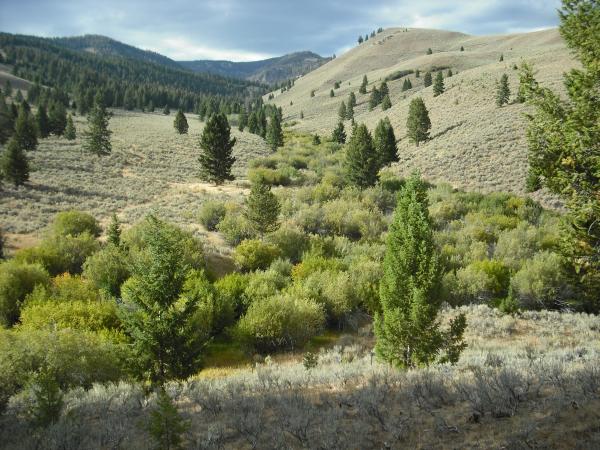
“I best be getting back.” He nodded up to the darkening ridge, far above us. “Lynn will wonder where I’m at. It’s a few miles back to the Ranch.” He turned, and looked me square in the eye. He knew. “When are you comin’ out to the Ranch to ride? You gotta tell me now, ’cause there ain’t no phone up there.”
He was right. As I was soon to find out, Lynn and Ed lived a hardscrabble log cabin existence up there, hours from the nearest paved road in a place where power and phone lines would never run.
I went through my mental calendar. “How about Saturday?”
Nodding as he turned Frog for home, they trotted off the road up an elk trail into the brush. Just before he disappeared into the thick and dark, he turned his head, but not his eyes, as Frog strode forward. “That’ll do. I’ll have Lynn fix some sourdough hotcakes. Be there at dawn.”
The thick brush closed behind them, and we heard footfalls in the soft earth for a few minutes, and the cowboy apparition was gone. Once again, all Michael and I had for evidence in the fading light was hoofprints. Ed had quite a few brushy and dark miles ahead of him, but I had no question he knew the way. He had a map of the broken canyon country and every elk trail on it in his mind–no, actually more–it was burned into his being. He was part of the landscape, not a visitor on it like we were.
He was heart and soul the Salmon River Mountains, as were his horses and his cattle. I wanted what he had; a close relationship, an intimacy with the landscape that resulted in a kind of stewardship and understanding that went way beyond what college could educate.
I did end up riding and living that landscape with Ed. And it’s the likes of Ed Corbett, and the wisdom he regaled us with that put Caryl and I on this ranching journey, now for 24 years. It is wisdom we try now to pass on to our daughters and the young folks who come to work with us in the summers.
The exciting thing is I can bring you along too, dear reader. While we serve you up some of our beef that comes from those wildlands, we are also able to connect you to the place from which it originates. It’s a place filled with nutrient density and flavor that comes from wild. With it comes a garnish comprised of stories that are typical of untamed landscapes.

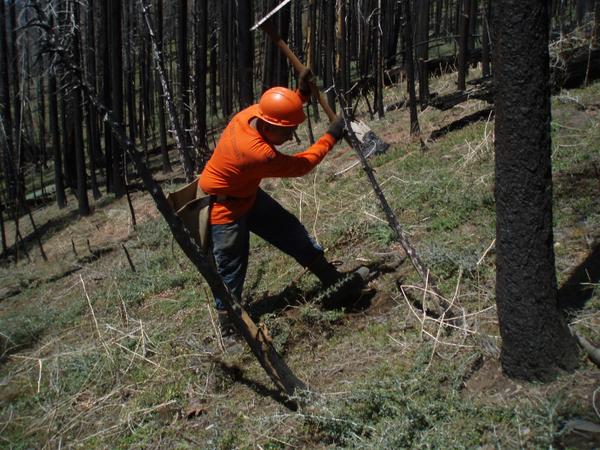
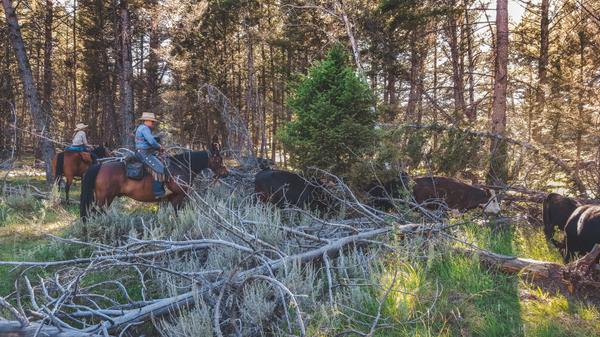
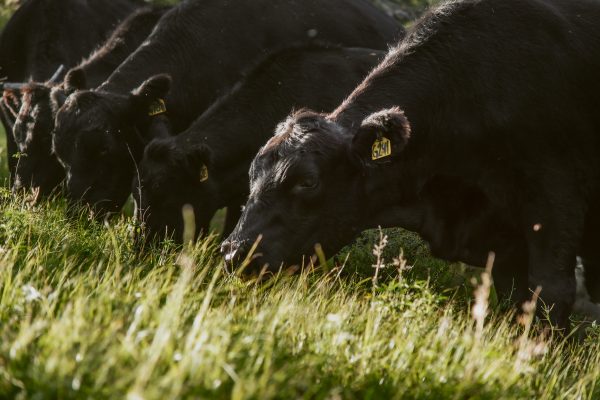
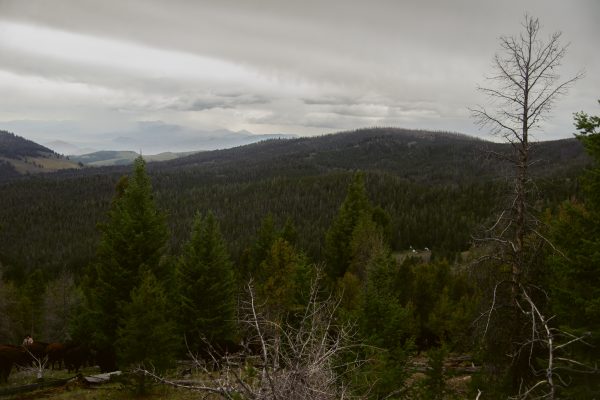


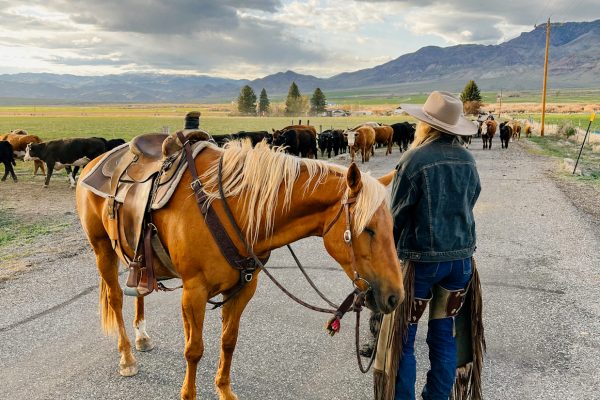

Curt
Great story of the old timers.
Shirley
That’s the kind of story that a Yellowstone episode should sound like? Tru grit, respect for others, and honoring nature!
Terry
Hey Glenn,
Always an excellent meal, your stories and the beeves! All things end, and when you cease serving up these nutritious bits of mountain soul, that will be a hard day. But until then, your stories are an anticipated and treasured part of my week. Many Thanks,
Terry